Originally posted by SSMAccord
View Post
Mine is still OK. Not stellar, but not bad. It just irritates me that the back side is about 1.5" too short, so it pulls free and comes out. Only way to fix it is to take the whole console apart again. I was considering doing what you did, but I also may just buy something like a Type-R boot.
I really appreciate the response!





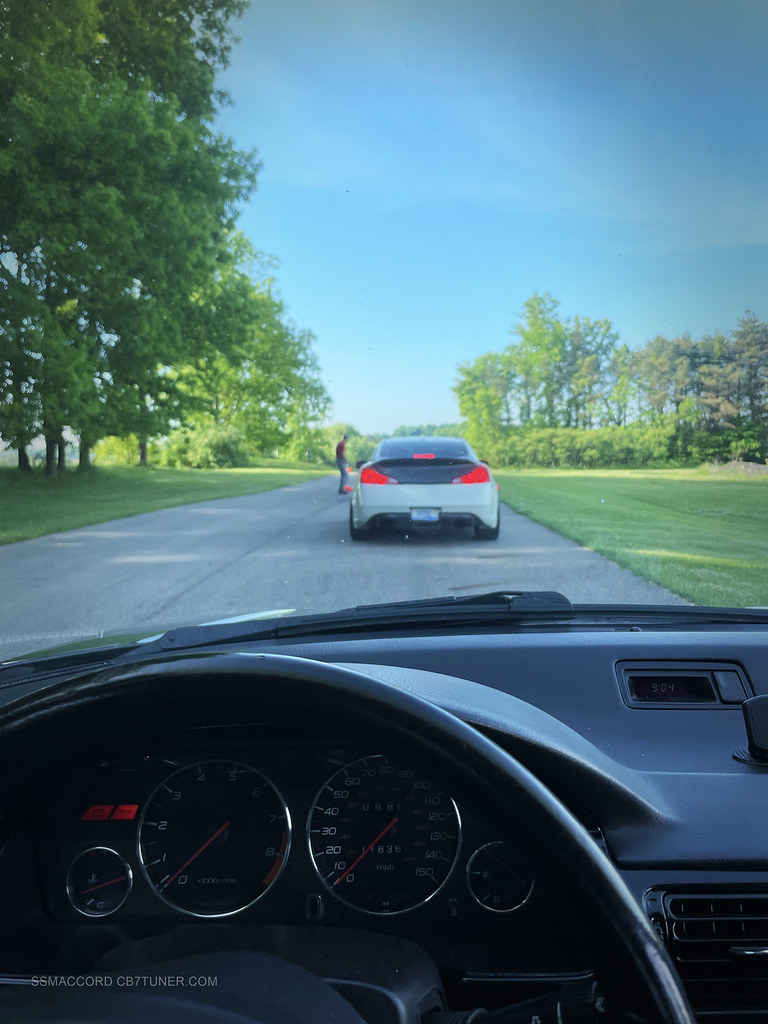











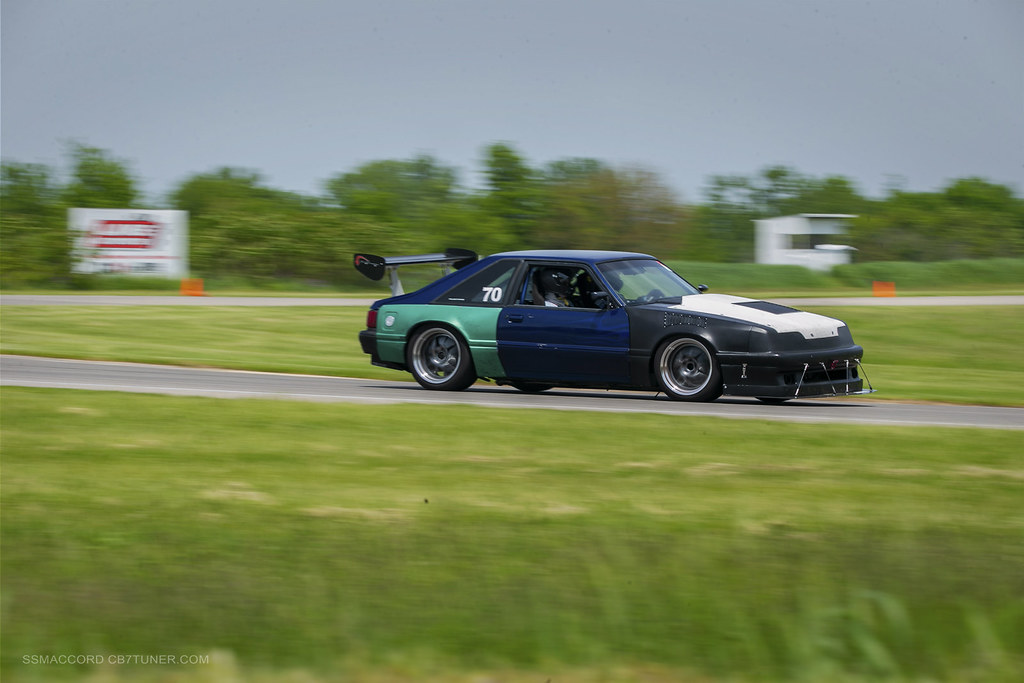



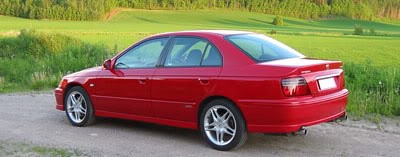




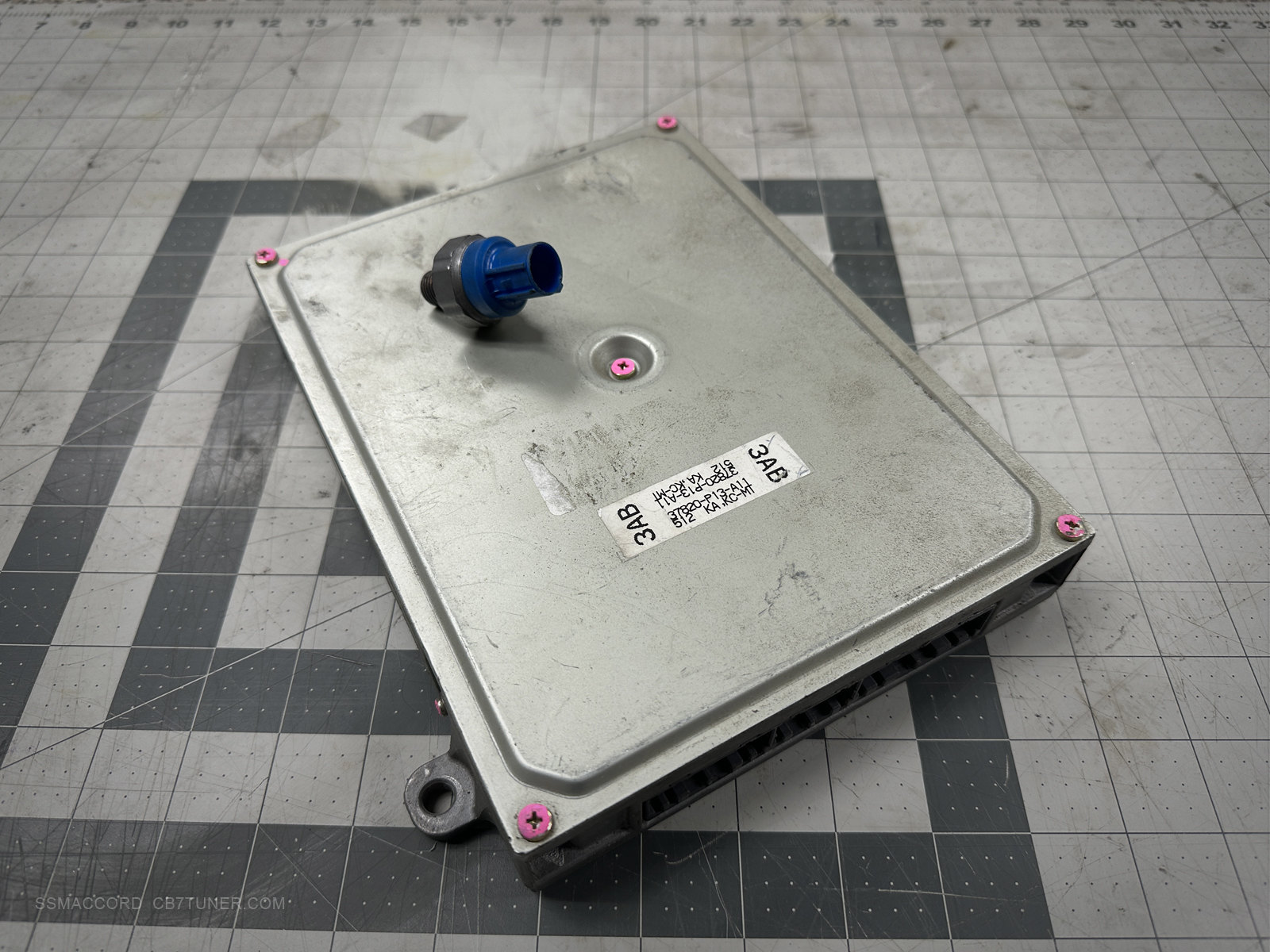


















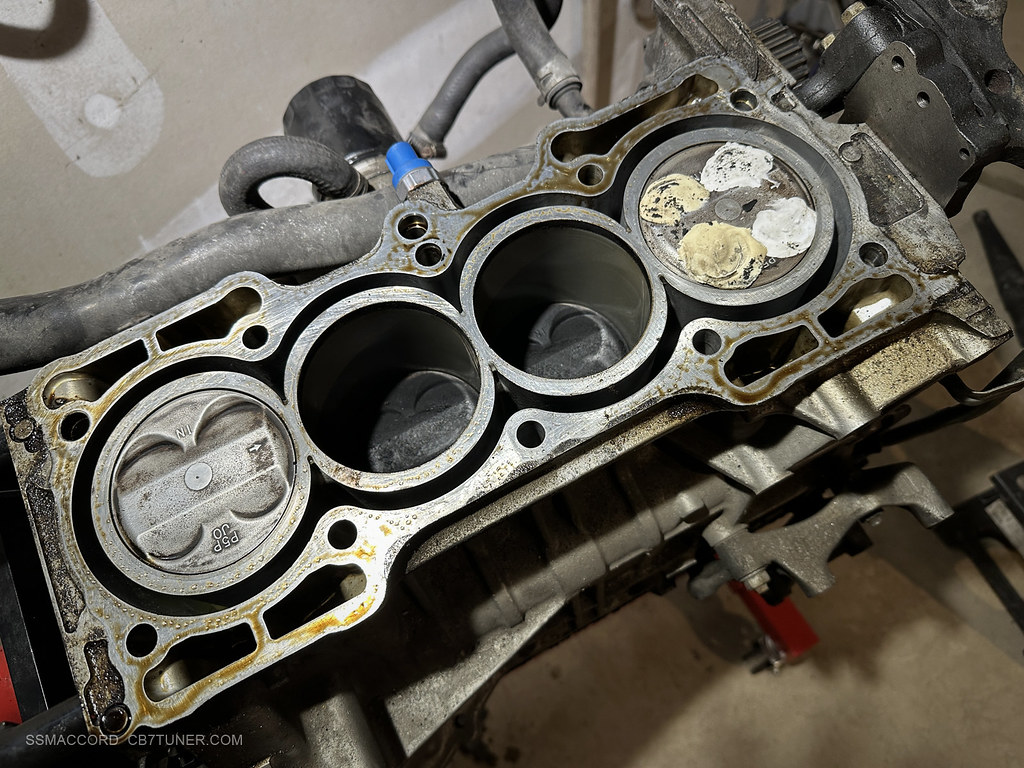


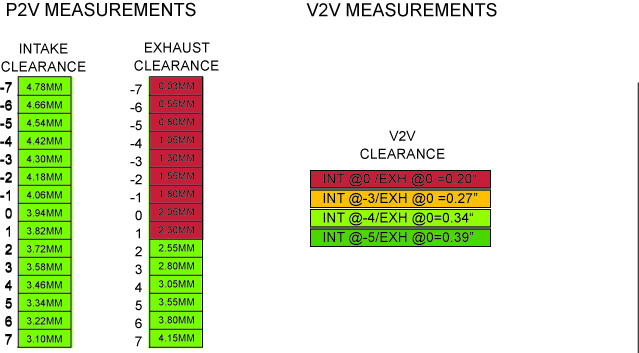

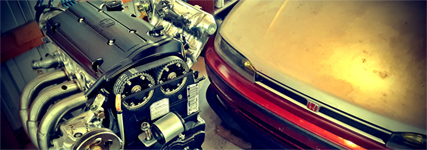



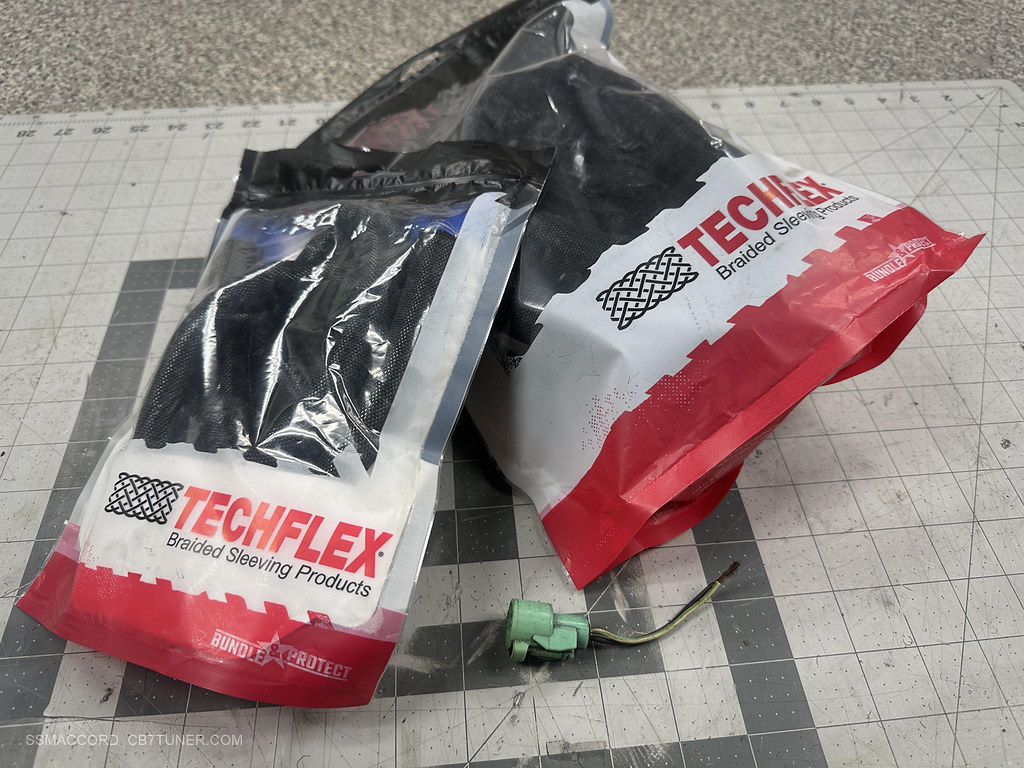




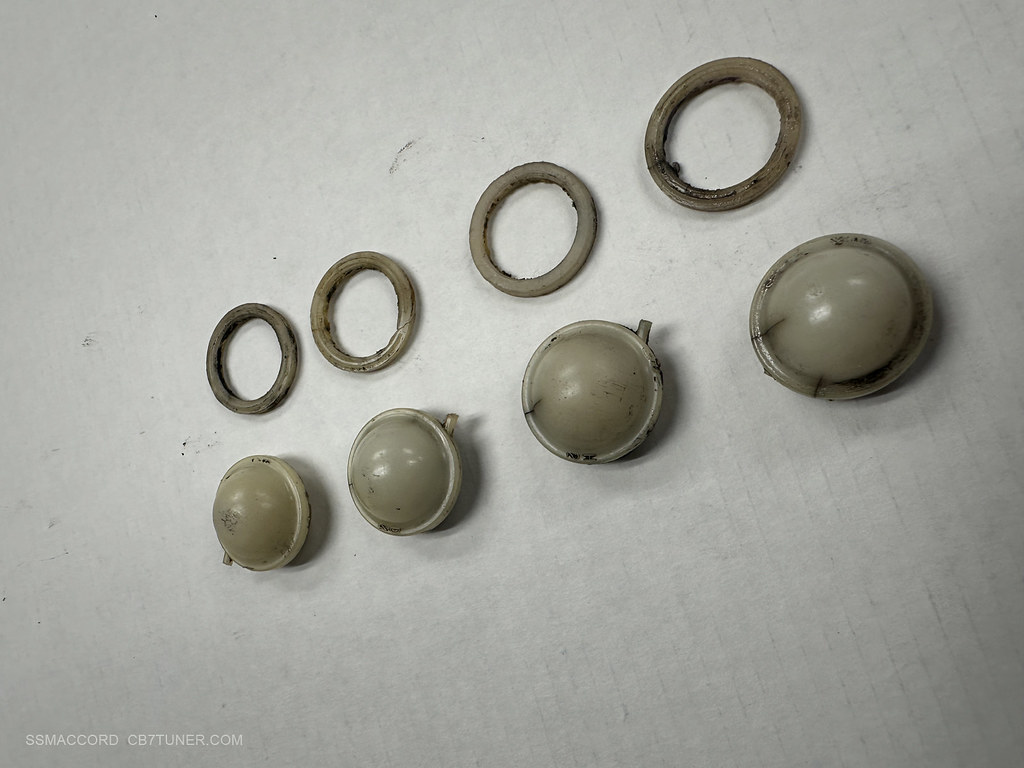



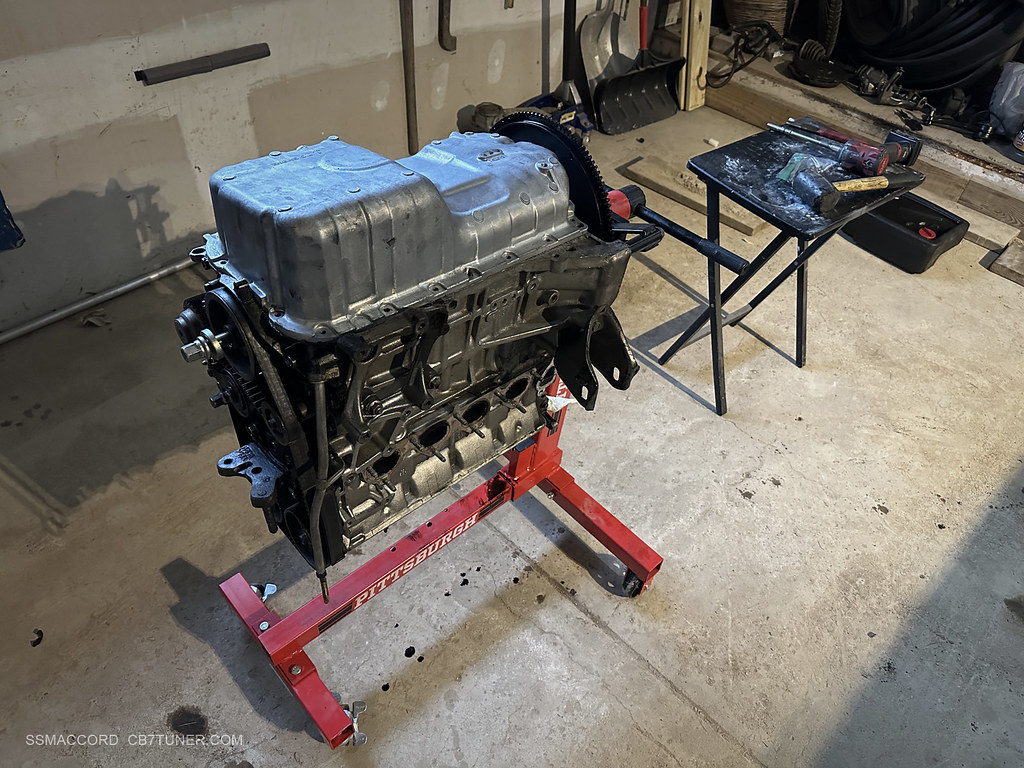
 Upon trying to start the car the coolant got pumped into the engine and I hydro-locked it. It was a sad day, and a big lesson learned! I had to send the block off to a shop to have them fix my mess because I was young and had no clue what I was doing. I felt horrible as I killed the car. Now I label all hoses when removing the engine, unless it's obvious what goes where (like the alternator).
Upon trying to start the car the coolant got pumped into the engine and I hydro-locked it. It was a sad day, and a big lesson learned! I had to send the block off to a shop to have them fix my mess because I was young and had no clue what I was doing. I felt horrible as I killed the car. Now I label all hoses when removing the engine, unless it's obvious what goes where (like the alternator).
Comment